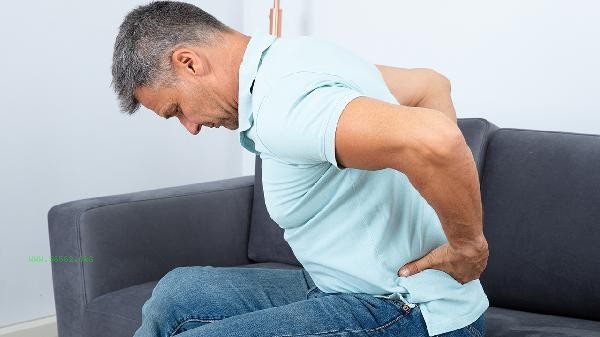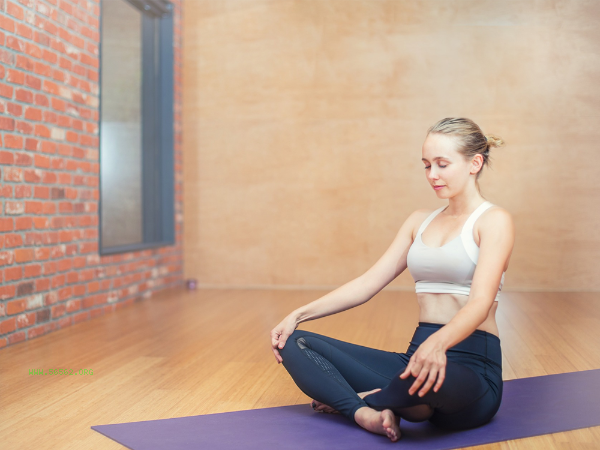Relieving muscle fatigue after exercise can be achieved through stretching and relaxation, alternating cold and heat therapy, supplementing nutrition, adequate sleep, massage therapy, and other methods.

1. Stretching and Relaxing
Static stretching after exercise can effectively relieve muscle tension, focusing on stretching the main muscle groups involved in the exercise, and maintaining each movement for 20-30 seconds. After lower limb exercise, stretching of the quadriceps, hamstring, and triceps can be performed. For upper limb exercise, attention should be paid to the shoulder, back, and arm muscle groups. Maintain even breathing during stretching to avoid muscle damage caused by bouncing stretching.
2. Alternating Heat and Cold Therapy
First, apply ice packs to the sore area for 10-15 minutes to constrict blood vessels and reduce inflammation. After an hour, switch to hot compress to promote blood circulation. The alternation of hot and cold can be repeated 2-3 times. For sensitive skin, avoid direct contact with ice packs or excessive heat sources. Use a towel to adjust the temperature. This method is particularly suitable for delayed muscle soreness after high-intensity exercise.
3. Supplement nutrition
Within 30 minutes after exercise, supplement foods containing high-quality protein and carbohydrates, such as eggs, yogurt, and bananas. Protein helps repair damaged muscle fibers, while carbohydrates supplement muscle glycogen. At the same time, pay attention to supplementing fruits and vegetables containing potassium and magnesium, such as spinach and avocado, to help balance electrolytes. Avoid immediately consuming high-fat foods that may affect absorption efficiency.

4. Adequate Sleep
During deep sleep, the human body secretes growth hormone most vigorously, which can accelerate muscle tissue repair. It is recommended to ensure 7-9 hours of continuous sleep and avoid blue light stimulation and vigorous exercise before bedtime. You can adopt a lateral position to reduce muscle pressure, and use a memory foam pillow to maintain the natural curvature of the spine. Irregular sleep patterns can significantly prolong muscle recovery cycles.
5. Massage physiotherapy
Use the foam shaft or fascia gun to relax the deep muscles, focusing on the trigger points of muscle adhesion. Slowly roll from the distal end to the proximal end of the limb, with each part lasting for 30-60 seconds. Professional sports massage can improve local microcirculation, but it should be avoided during the acute injury period. Tennis can be used as a substitute tool at home, and attention should be paid to controlling the strength to avoid soft tissue contusions. The recovery of muscle fatigue after exercise requires comprehensive intervention. In addition to the above methods, attention should also be paid to gradually increasing the intensity of exercise and avoiding sudden increases in load. Maintaining regular exercise habits in daily life can improve muscle tolerance, and adequate warm-up and organization activities should be done before and after exercise. It is recommended to schedule a 48 hour recovery period after moderate to high-intensity training, during which low-intensity aerobic activities can be performed to promote the clearance of metabolic waste. If abnormal pain or swelling persists, seek medical attention promptly to rule out sports injuries such as muscle strains.









Comments (0)
Leave a Comment
No comments yet
Be the first to share your thoughts!